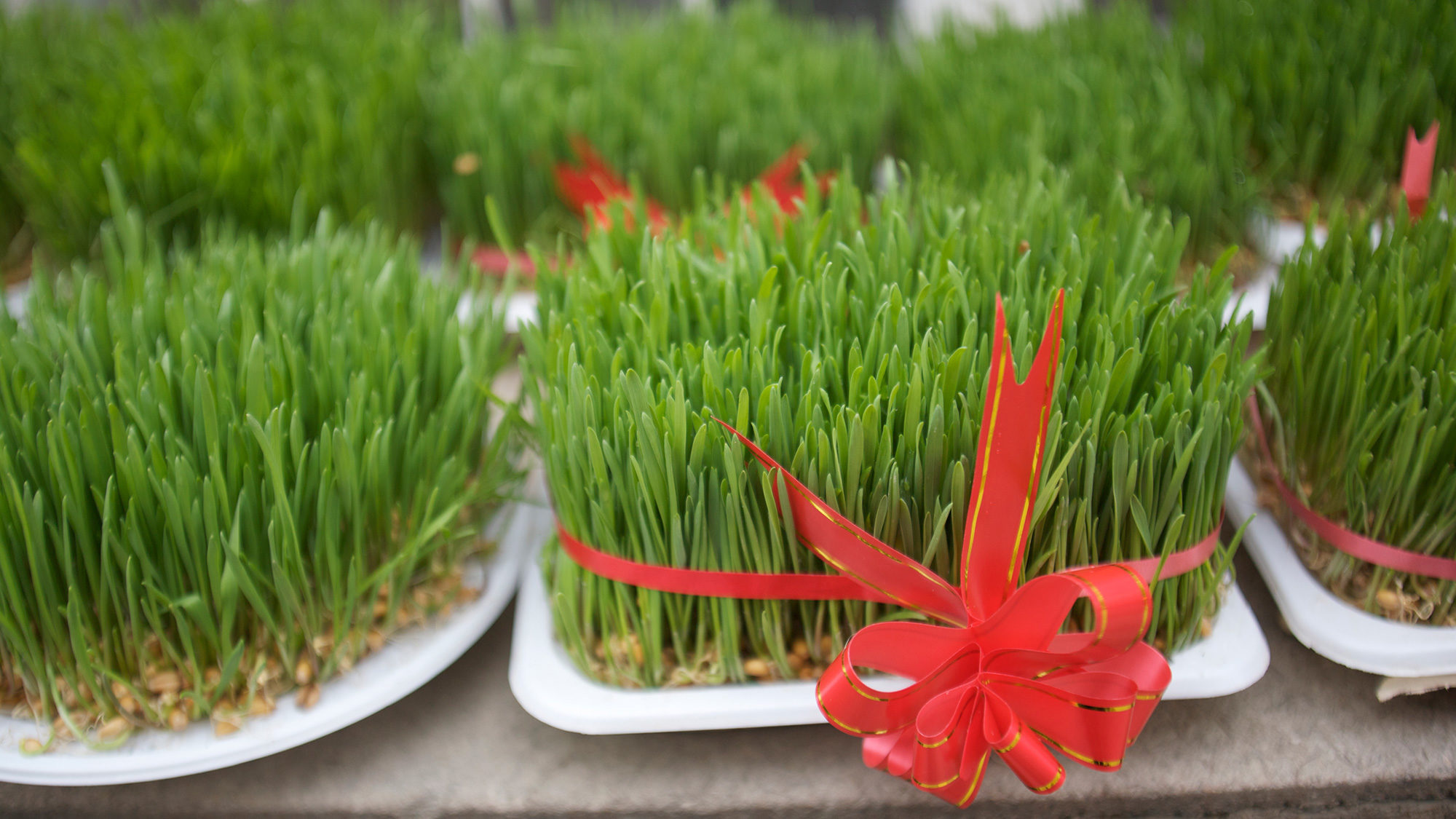
Sabzeh, Seeb, Seer, Serkeh, Somagh, Senjed, Samanou—sprouts, red apples, garlic, vinegar, sumac, dried fruit from a lotus tree, and sweet pudding—all can be found this month in homes across Central Asia. These seven symbolic items, called haft seen, are integrated into beautiful centerpieces decorating tables where families and friends gather to celebrate Nowruz, the Persian New Year.
The holiday—the biggest of the year in Persian speaking communities—reaches back millennia to the era of the Babylonian Empire. The symbols of the holiday pre-date Islam and have roots in Zoroastrianism, one of the world’s most ancient religions. This gallery gives you a glimpse into Nowruz celebrations across Central Asia, but you can also learn more about how the symbolic meaning of the holiday can be used to share the gospel here.
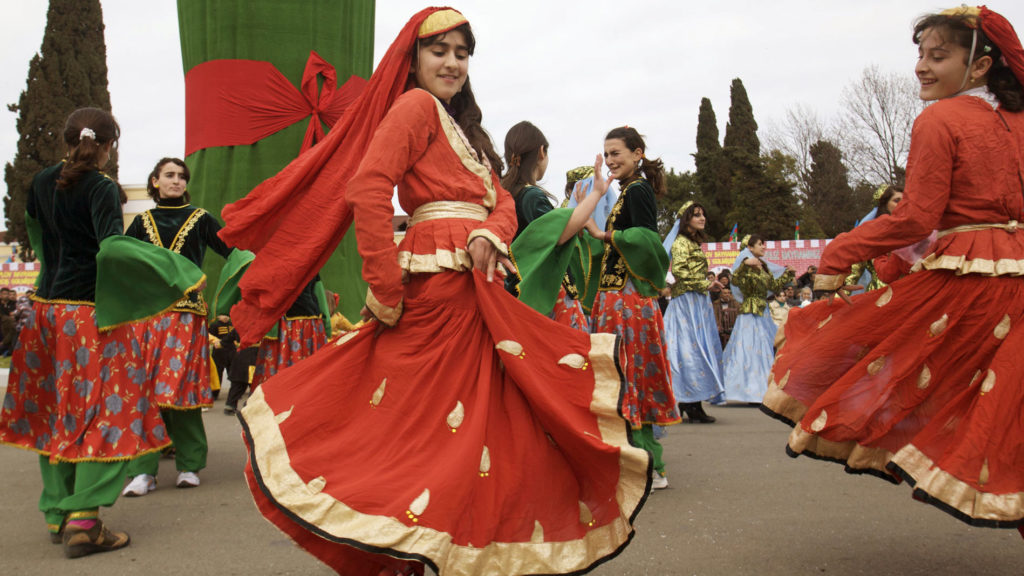
Photo by Peter Schiller
Nowruz is first and foremost a celebration, and in many Central Asian communities, celebrations mean dancing. The two-week-long holiday is often marked by public festivities including dancers, like these in Azerbaijan.
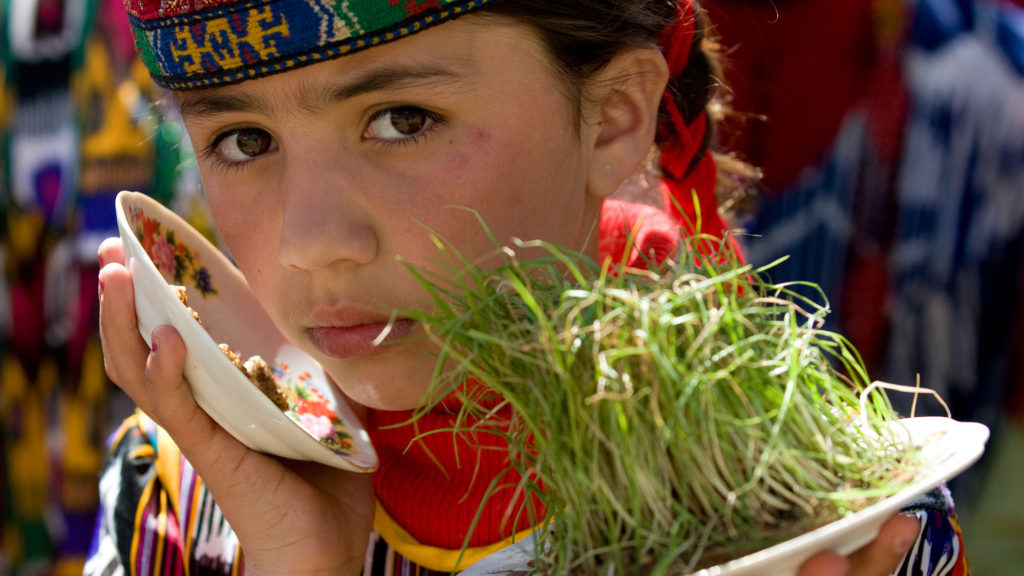
Photo by Joseph Rose
Sabzeh—sprouted grass, wheat or lentils—is the most recognizable symbol of Nowruz. The sprouts symbolize new life that comes with spring and the freshness of the earth as it is being reborn after the cold and dark of winter.
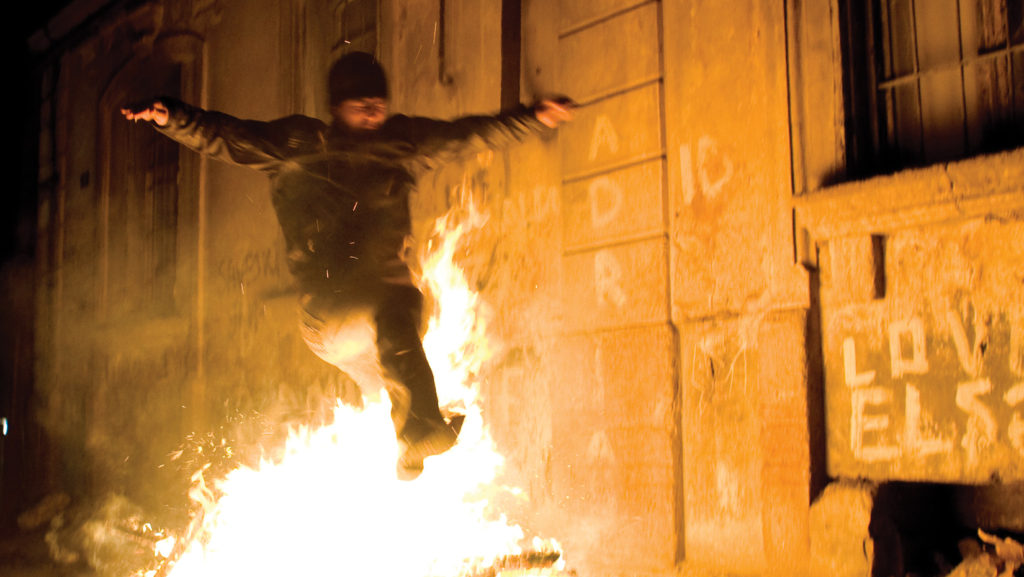
Photo by Peter Schiller
Fire jumping, charshambe suree, is often a feature of Nowruz festivities in Iran and Azerbaijan beginning the Tuesday evening of the holiday. The fire is seen as cleansing and life giving and is one of the most important Zoroastrian symbols.
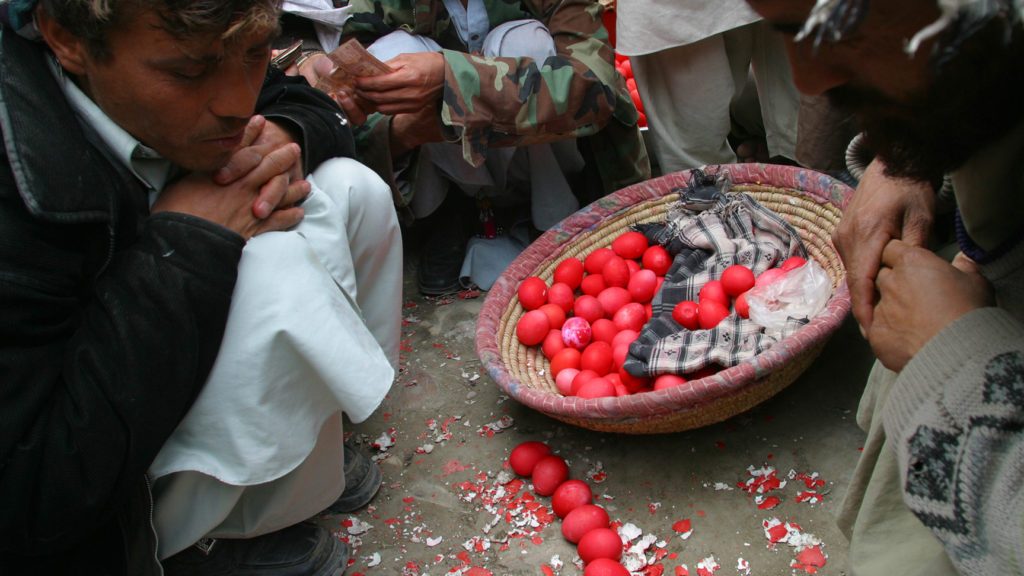
Photo by Michael Logan
Colored eggs—tokmemoh—symbolize fertility, and they appear in Nowruz celebrations in the way they do in Easter festivities in Europe and America. The eggs are usually colored red, the most characteristic color of Nowruz, to represent life and health.
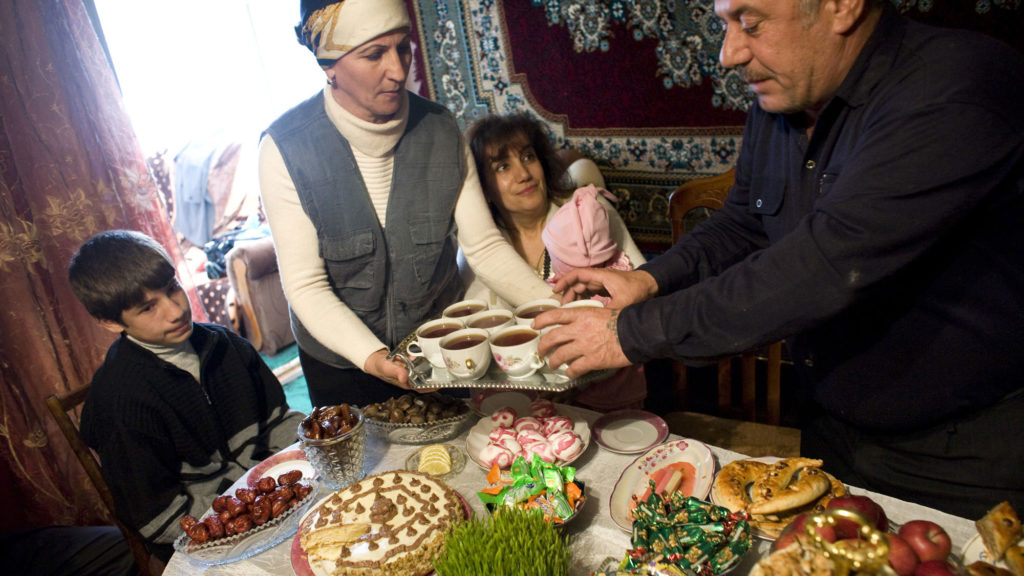
Photo by Peter Schiller
The Nowruz sofreh—the table where family and friends gather—is always full of sweet treats, cakes, and cookies. Families scrub their homes from top to bottom, clean out cabinets, and beat their rugs in preparation for a holiday that symbolizes new beginnings. The holiday is a time for gift giving, new clothes, and new hope. For Christians living in these cultures, the holiday offers an opportunity to share about new life in Christ.
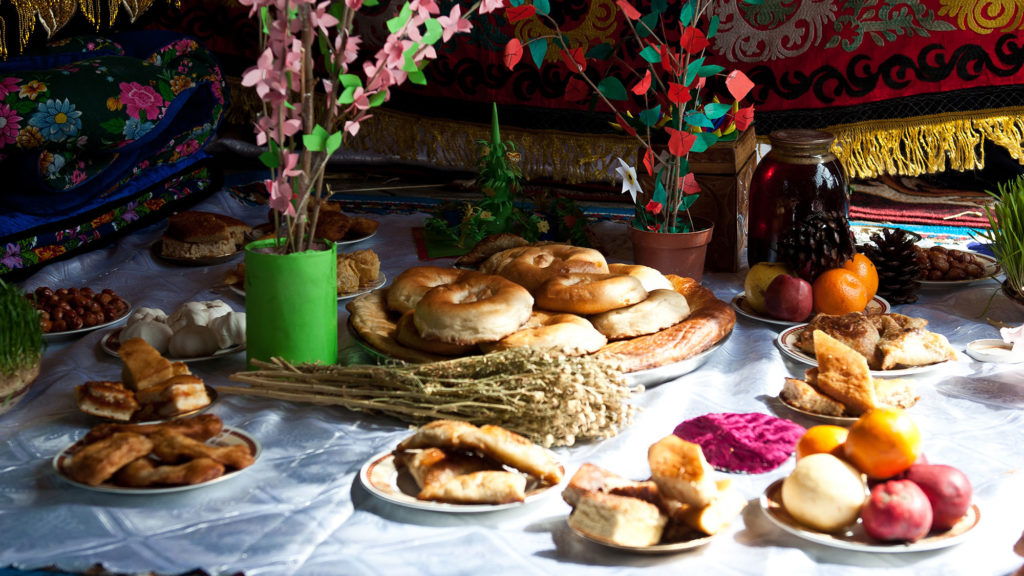
Photo by Peter Schiller
“May this year be prosperous, may your new year be victorious, and may every day be like New Year’s Day. May your new year be blessed.”
Learn more about how the symbolic meaning of Nowruz can be used to share the gospel here.
For a deeper look at Central Asian cultures and Nowruz celebrations across the region, see the book Along the Silk Road, available through the IMB store.

